BY NANCY ELSAMANOUDI | The Whitney Biennial, co-curated by Rujeko Hockley and Jane Panetta, opened last Friday and is up until Sept. 22. So, there is plenty of time to see it, see it again, to like it, not like it, or to pointlessly vacillate between indecisive, mixed feelings about it. That being said, there is plenty to like at the Biennial.
There are some serious knockouts in the Biennial that shouldn’t be missed and are worth the trek to the Meatpacking District.
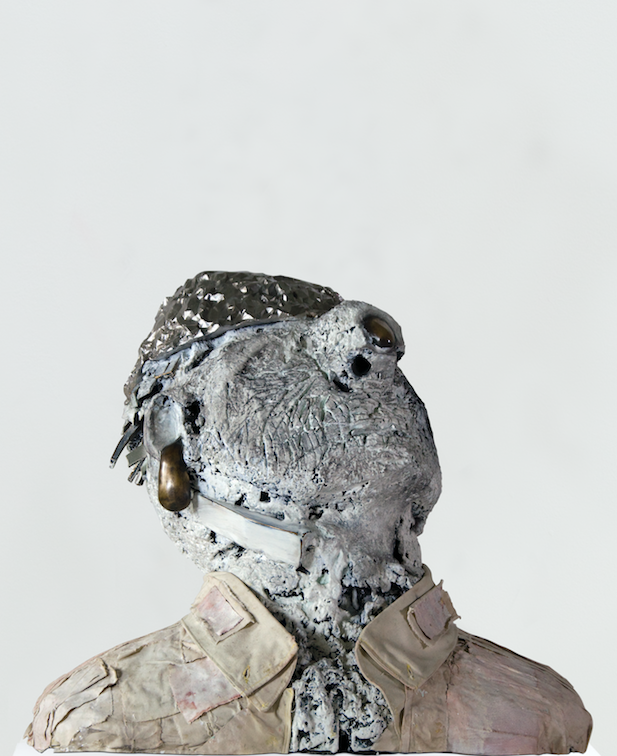
Nicole Eisenman’s imaginative, swoon-worthy sculpture pavilion of oafish misfits and absurd, prostrating circus freaks is spectacular. Brendan Fernandes’s magnificent installation/performance piece “Master and Form” (picture ballet dancers performing in a basketball court-size S&M jungle gym) is elegantly nuanced in connecting gender and sexuality to the disciplining of the body through countless small acts of both pleasure and pain. And Jennifer Packer’s “A Lesson in Longing” is an impossibly lush, drop-dead gorgeous, unapologetically pink grand-scale painting, with a great presence in how it holds up the wall and unequivocally commands space in the gallery.
I was also rather taken by Olga Balema’s visibly fragile sculpture “Leaf” — extending from floor to ceiling — which broke in half on Sunday. Granted, no one is happy this happened, but the aftermath of the sculpture lying half-broken in the gallery and the Whitney staff frantically surrounding it, strangely felt like some sort of impromptu performance piece.
I didn’t like it, though, when I got the sense that a particular artist or particular piece had a specific role to play in the show. And I got that sense with Eddie Arroyo’s paintings of Little Haiti, because they didn’t quite seem to hold up. They seem a bit bland.
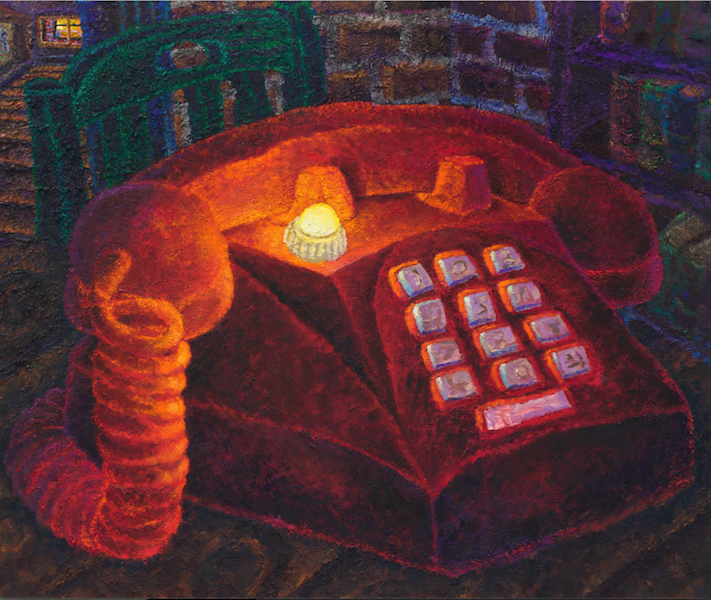
I found that some work that seemed to align more closely with the stated curatorial intent of the show to focus on sociopolitical issues (whether gentrification, gender, identity, sexuality, race and class) felt predictably didactic — too on message, or had a déjà vu sense of familiarity.
For instance, I think Elle Pérez’s portraits are extraordinary. But I wonder if maybe they might be a little too easy to like and whether she might be giving us what we kind of expect to see from a queer artist — namely images of mostly masculine women who are already more visible, valued and accepted in the L.G.B.T. community.
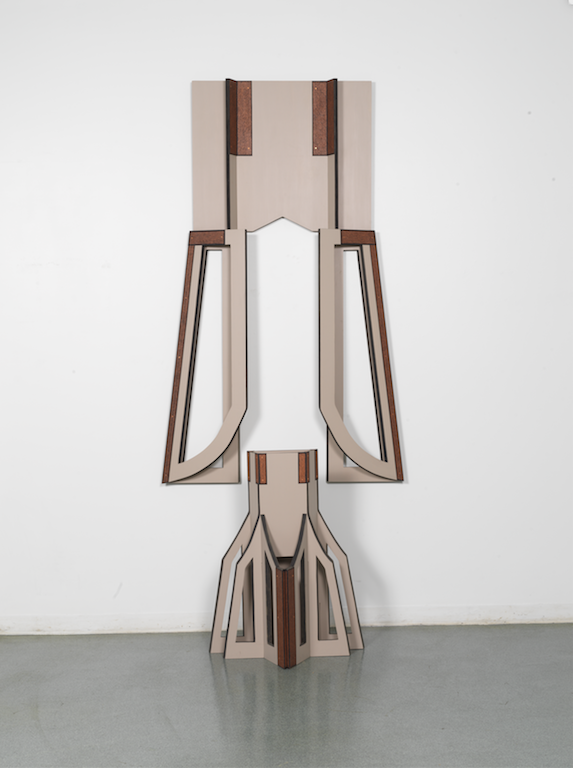
But I found the “Dyke” piece, in particular, interesting, in part, because it seemed a rather inelegant nod to a much more nuanced work by Catherine Opie, but also because that kind of marking of the body in unmistakable, definitive terms still seems so necessary.
Yet Pérez’s photographs are far more interesting and, for me, much less problematic than, say, Heji Shin’s “Baby” series.
The more I looked at Shin’s images, the more I disliked them. The “Baby” series are a series of photos taken at the moment of crowning, when the newborn’s head is poking out of the vagina. Crowning is typically the most painful part of labor. And yet, when we look at these images, it is difficult to register that what we are looking at is a body in pain.
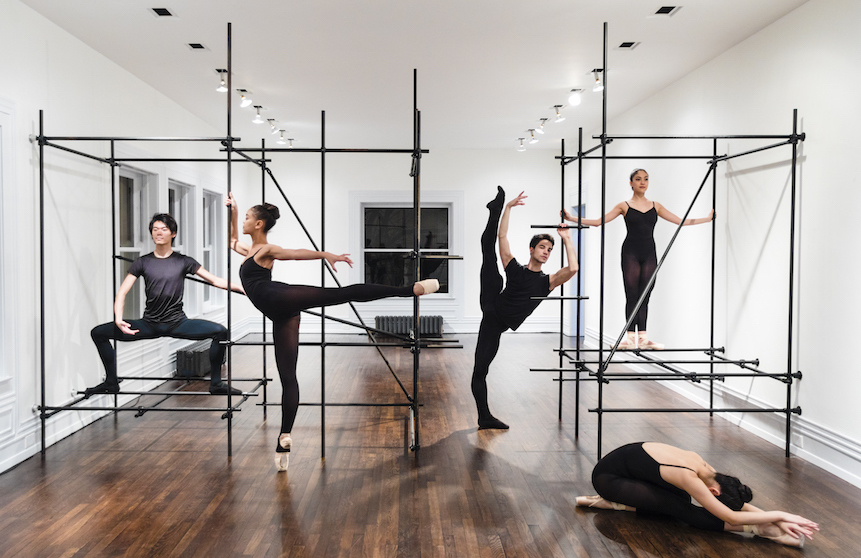
The child’s head is the images’ central focus. Meanwhile, the body of the woman giving birth is severely cropped — hardcore porn style. The cropping is very similar to close-up, penetration shots in Hustler.
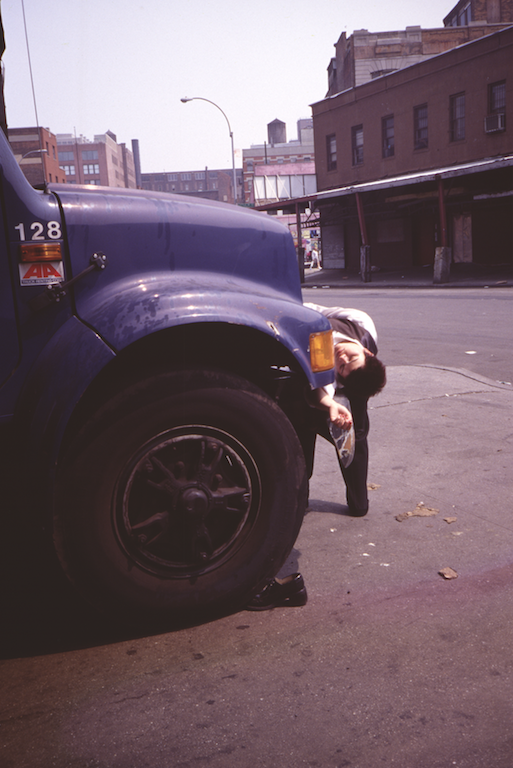
I see these images as cold, toxic and not at all harmless. In these images, the subjectivity of the woman giving birth is negated, her pain is muted and all that really matters is the purple head emerging out of what could be described, for all intents and purposes, as a host body.
The Biennial, at the Whitney Museum of American Art, 99 Gansevoort St., through Sept. 22. For more information, visit whitney.org.














